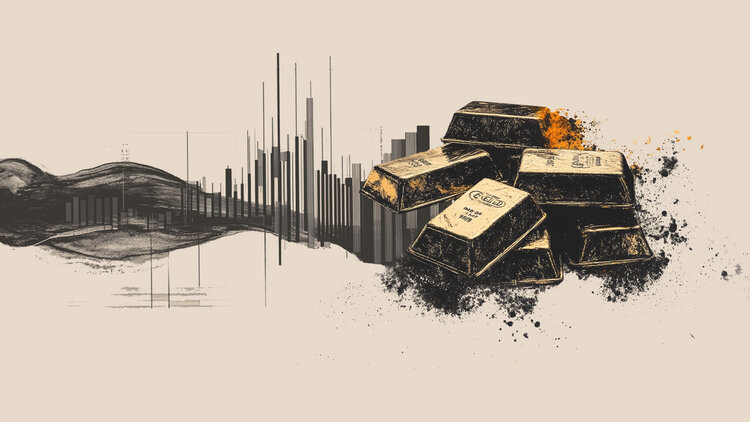The rise in the electricity bill — a consequence of the worst water crisis in the last 90 years — has tightened the budget of Brazilian families in recent months and will directly impact the recovery of economic activity.
According to a study by the National Confederation of Industry (CNI), released this Wednesday (3), inflation on electricity results in a drop of 0.11% of the GDP (Gross Domestic Product) 2021 and 0.19% in next year’s indicator. The amounts are equivalent to losses of R$8.2 billion and R$14.2 billion, respectively, at 2020 prices.
No job market, inflation on electricity should result in a loss of 166,000 jobs this year and 290,000 jobs in 2022, compared to the number of people employed between April and June 2021.
Alone, the PIB industrial, relative to the total industry (industry and manufacturing, public utility industrial services and construction) should suffer a reduction of 0.17%, equivalent to a loss of R$2.2 billion at 2020 prices.
“This year, the industry employment The total should fall by 0.20%, equivalent to a loss of 33.9 thousand jobs in relation to the number of people employed between April and June 2021″.
In 2022, industrial GDP is expected to fall by 0.29%, and employment in the total industry sector is expected to decline by 0.30%, equivalent to 50.8 thousand jobs.
See the impact of the increase in energy prices on sectors of economic activity in the two years:
These impacts on GDP and on household consumption are explained through a chain effect logic, as pointed out by Marcelo Azevedo, manager of economic analysis at CNI.
“The increase in the cost of electricity results in a higher price for consumers. Part of them starts to consume imported products. This results in lower production in the country, with effects that spread throughout the supply chain, which also start producing less. With less production, the sectors tend to need a smaller amount of labor. Part of the workers are fired, reducing the families’ income”, he said.
“There are two effects, therefore, on consumption, which reduces with the fall in income and the rise in prices. This drop in consumption negatively affects all producing sectors”, said the economist.
Electricity bill will go up 18.8%
According to the CNI, the electricity bill should have an average increase of 18.80% in 2022, as a result of the water crisis. The value considers that the water scarcity tariff flag, which establishes an extra fee on the electricity bill of R$ 14.20 for every 100 kWh, and will be effective until April of next year.
CNI also estimates that the tariff flag has a weight of 13.23% in the total household electricity bill. “The total increase of 127.5% [em 2021] the tariff flag should reflect a 16.87% increase in household electricity bills compared to the initial value of the red flag level 2”, he calculates.
Robson Braga de Andrade, president of the CNI, affirms that, currently, 16 sector charges, taxes and fees are levied on the electricity tariff. According to him, these fees correspond to 47% of the total cost of the energy tariff.
“The high cost of taxes and sector charges and regulatory errors made the electricity paid by the industry one of the most expensive in the world, which worries us a lot, as electricity is one of the main inputs for the Brazilian industry. This increase in the cost of generating energy is passed on to consumers, with very negative impacts on the economy”, says Robson.
Most affected industry sectors
The survey also pointed out that the industrial sectors most impacted by the energy tariff are: natural gas and other utilities; metallurgy; manufacture of parts and accessories for motor vehicles; pig iron production; iron garters; steel and steel pipes; manufacture of wood products; mining; textiles; pulp and paper, in addition to the electricity sector itself.
CNI economist Maria Carolina Marques explains that the increase in energy prices does not affect all consumers equally. She says that “the sectorial impacts depend on price variation, intensity of energy consumption and whether the products manufactured by the sector are traded internationally”.
The confederation’s study disregards the consumption of self-generated energy to assess the impact of the increase in the cost of electricity and uses the IBGE national accounts as a basis for calibrating the computable general equilibrium model used. In total, 67 sectors of activity, 129 products, a trade margin, three transport margins, two origins (domestic and imported), a representative family, a level of government and an aggregated external sector were considered.
Reference: CNN Brasil
I am Sophia william, author of World Stock Market. I have a degree in journalism from the University of Missouri and I have worked as a reporter for several news websites. I have a passion for writing and informing people about the latest news and events happening in the world. I strive to be accurate and unbiased in my reporting, and I hope to provide readers with valuable information that they can use to make informed decisions.







